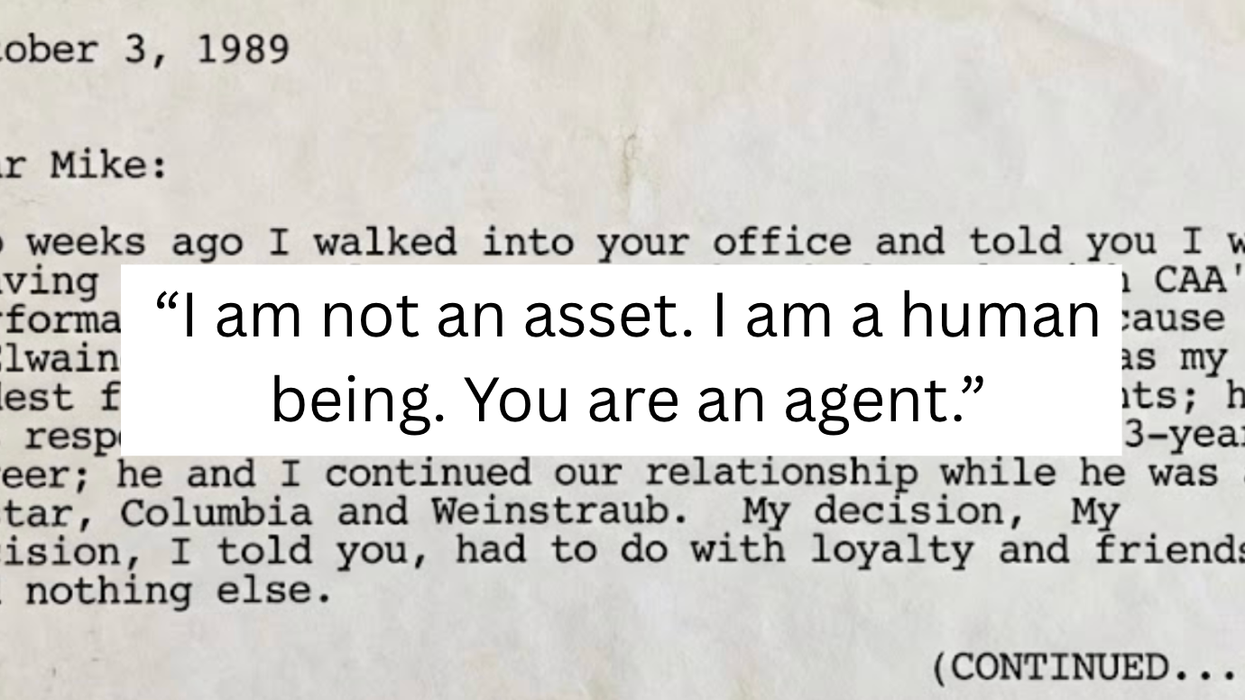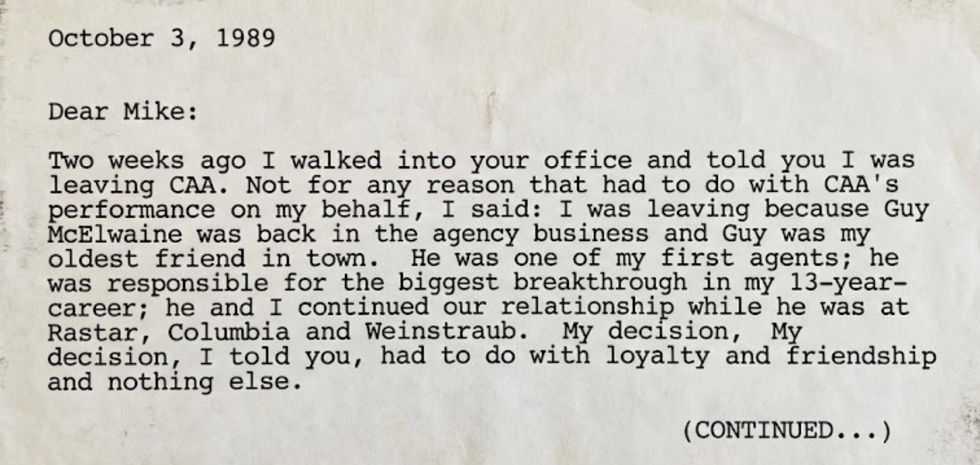In January 2018, the Baseball Hall of Fame will announce its latest round of inductees, assuming any of the players receive the necessary 75% of votes from the Baseball Writers' Association of America (BBWAA). But both the hall and one member, former Reds and Astros second baseman Joe Morgan, are politicking to ensure that no one from baseball’s steroid era is enshrined.
In a letter sent to all BBWAA voters and published Nov. 21 by journalist Joe Posnanski, Morgan, who also serves as the Hall of Fame’s vice chairman and whose letter was sent with the backing of the Hall of Fame, wrote:
“We hope the day never comes when known steroid users are voted into the Hall of Fame. They cheated. Steroid users don’t belong here.
Players who failed drug tests, admitted using steroids, or were identified as users in Major League Baseball’s investigation into steroid abuse, known as the Mitchell Report, should not get in. Those are the three criteria that many of the players and I think are right.”
Morgan asserts that enshrining a player who he and his unnamed fellow Hall of Famers disapprove of may lead to a boycott. “[It]’s gotten to the point where Hall-of-Famers are saying if steroids users get in, they’ll no longer come to Cooperstown for Induction Ceremonies and other events,” he writes.
According to Morgan, the Hall of Fame is a special place, and in this instance, anyone who took a banned substance would be in violation of the Hall’s voting rules, which state that “integrity, sportsmanship and character” should be taken into account for all candidates. For Morgan, none of the accused PED users deserve a vote. Those who have admitted using chemical assistance, like Alex Rodriguez, who knows his confession means his chances of getting into the Hall have been lessened, should never be allowed in. The same goes for players who denied any PED use but still showed up in the Mitchell Report, the 2007 investigation by Major League Baseball, produced after more than a decade spent willfully ignoring that the game’s premier sluggers were transforming into hulking, musclebound specimens (and that both commissioner Bud Selig and team owners were all too happy to turn a blind eye to the increased use of PEDs as long as fans came back after the 1994 strike).
Morgan’s hardline stance that “anyone who took body-altering chemicals in a deliberate effort to cheat the game we love, not to mention they cheated current and former players, and fans too, doesn’t belong in the Hall of Fame” doesn’t hold up to historical scrutiny. Yes, rules were broken. For the entire history of the game, baseball players have broken the rules and imbibed prohibited substances that helped them perform.
During Morgan’s heyday, the use of amphetamines was rampant. By Morgan’s standards, the likes of Mickey Mantle, Willie Mays, Hank Aaron, Pete Rose, and Mike Schmidt, all of whom have admitted to dabbling in speed, should get the boot. As for the use of steroids being a “choice,” as Morgan writes, Jim Bouton, whose tell-all book “ Ball Four” debunked many of baseball’s longstanding and most cherished myths, said, “In the 1970s, half of the guys in the big leagues were taking greenies, and if we had steroids, we would have taken those, too.”
Still, every year as the vote approaches and the candidacies of Roger Clemens, Mark McGwire, Barry Bonds, and Sammy Sosa are examined, baseball writers and fans draw an ethical line in the sand. They’ll huffily declare, like Morgan, that steroid use is somehow beyond the pale, as if that particular form of cheating stands in stark contrast to the true, noble sportsmen who only ever toiled in good faith. It’s a lie and probably a comforting one to believe at that.
Major League Baseball needs to reckon with both its prior and ongoing PEDs problem. But keeping the Hall of Fame doors locked to one particular group of players will not expunge PEDs from the game nor should Morgan’s sepia-toned view of baseball be accepted as bearing any resemblance to the truth.
Morgan’s letter can be read in its entirety here.

















 A hotel clerk greets a guestCanva
A hotel clerk greets a guestCanva Gif of Faye Dunaway' as Joan Crawford demanding respect via
Gif of Faye Dunaway' as Joan Crawford demanding respect via  An empty rooftopCanva
An empty rooftopCanva
 A road near equatorial Atlantic OceanCanva
A road near equatorial Atlantic OceanCanva Waves crash against rocksCanva
Waves crash against rocksCanva

 Two people study a mapCanva
Two people study a mapCanva Foggy Chinese villageCanva
Foggy Chinese villageCanva

 An excerpt of the faxCanva
An excerpt of the faxCanva